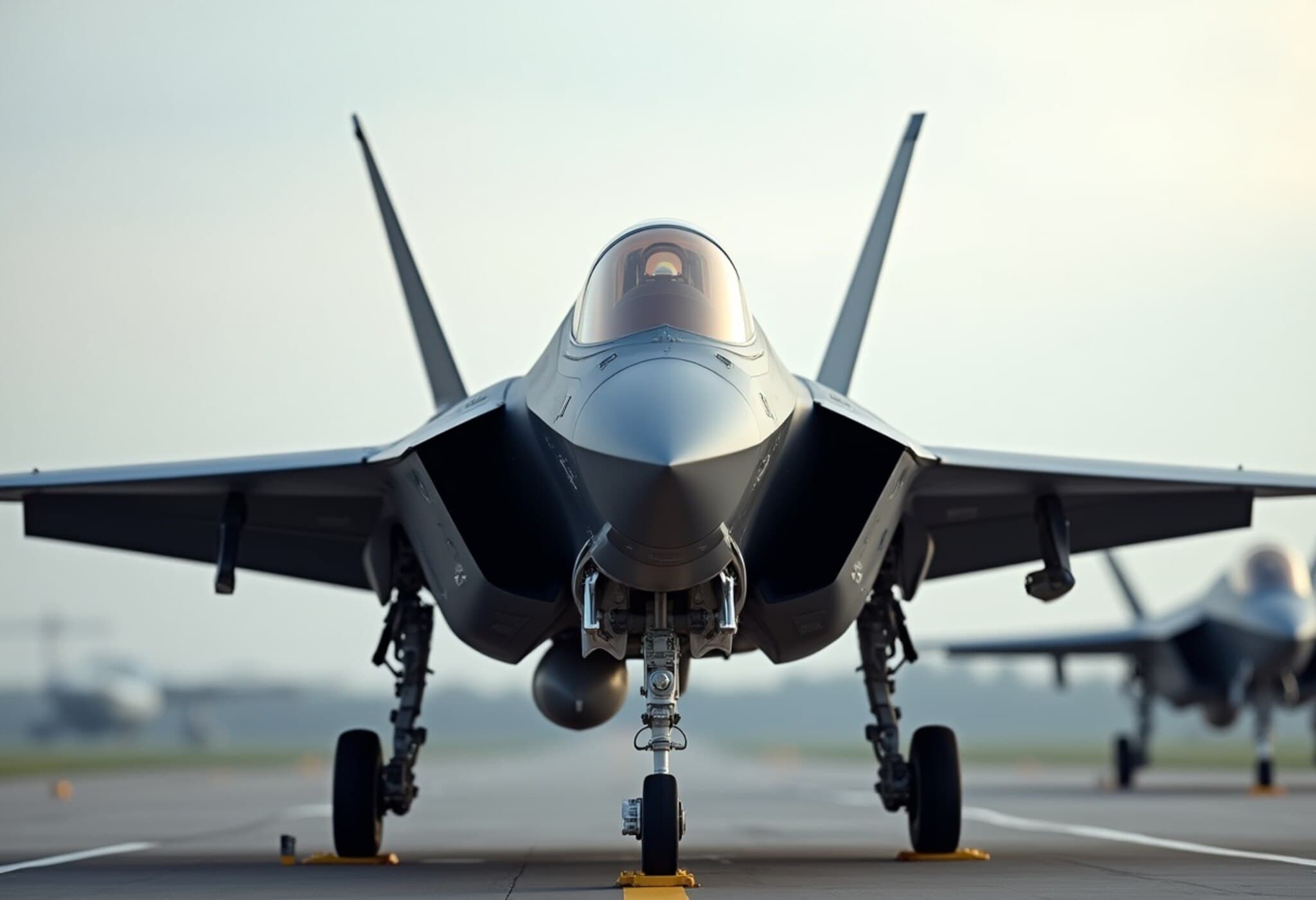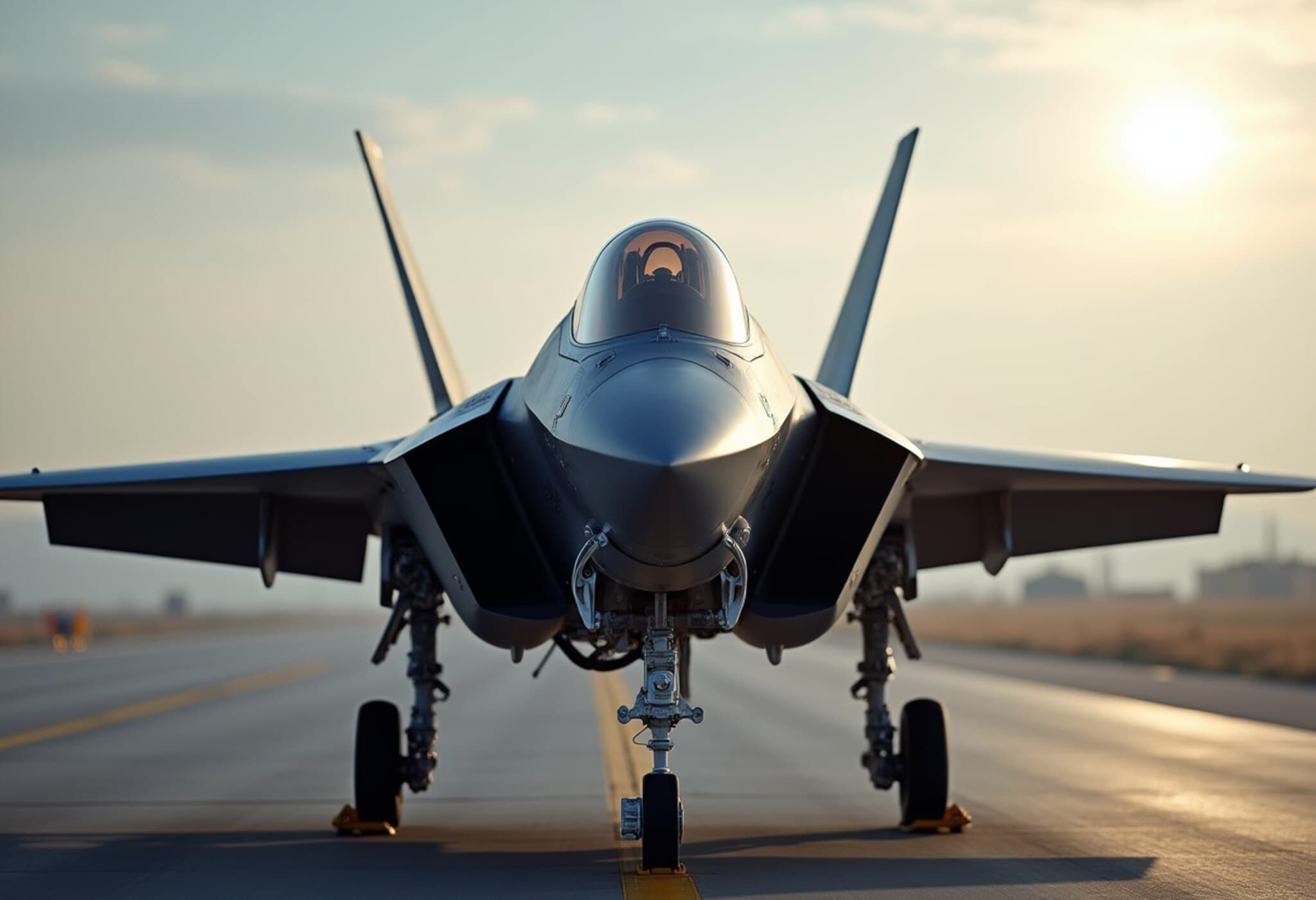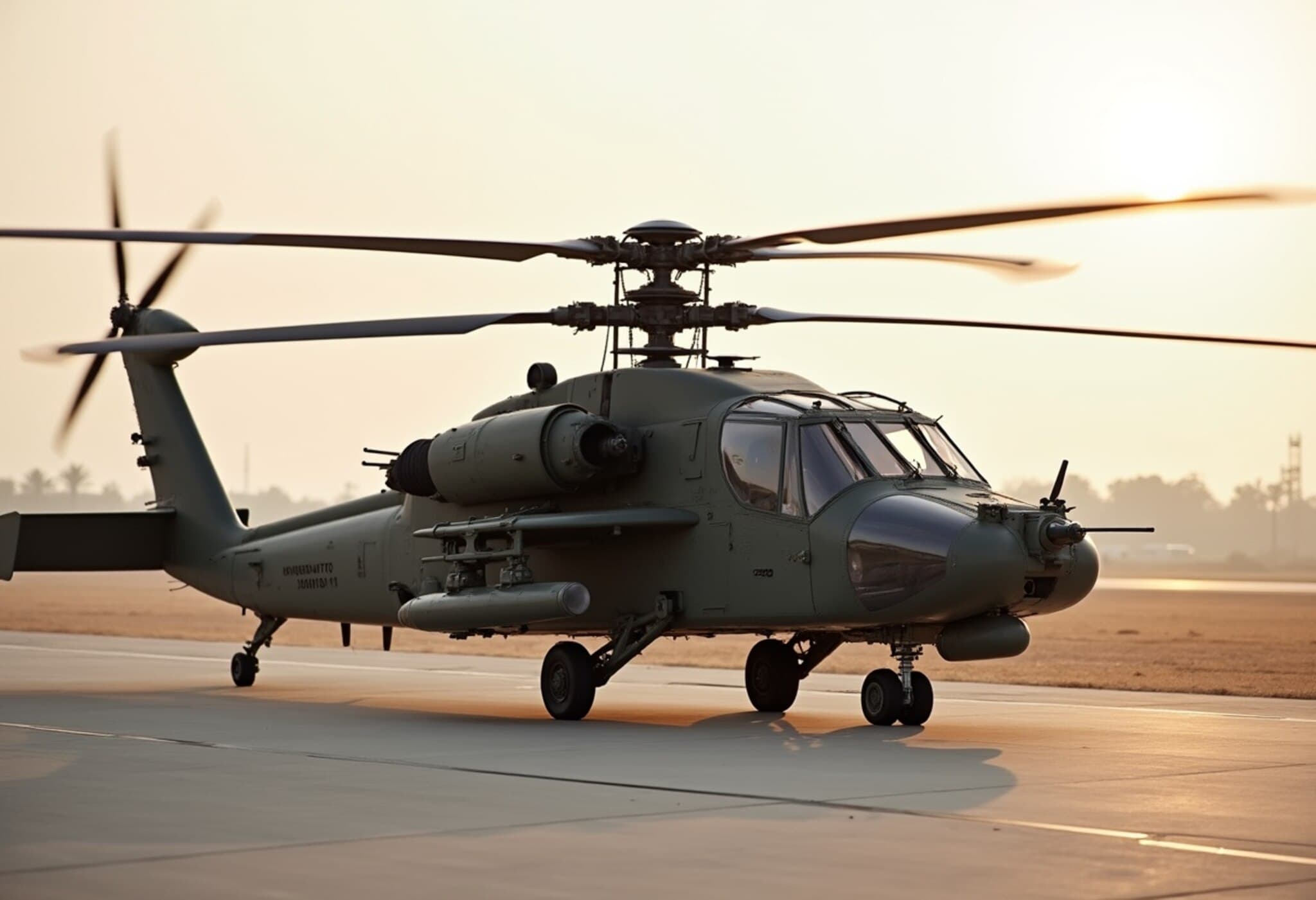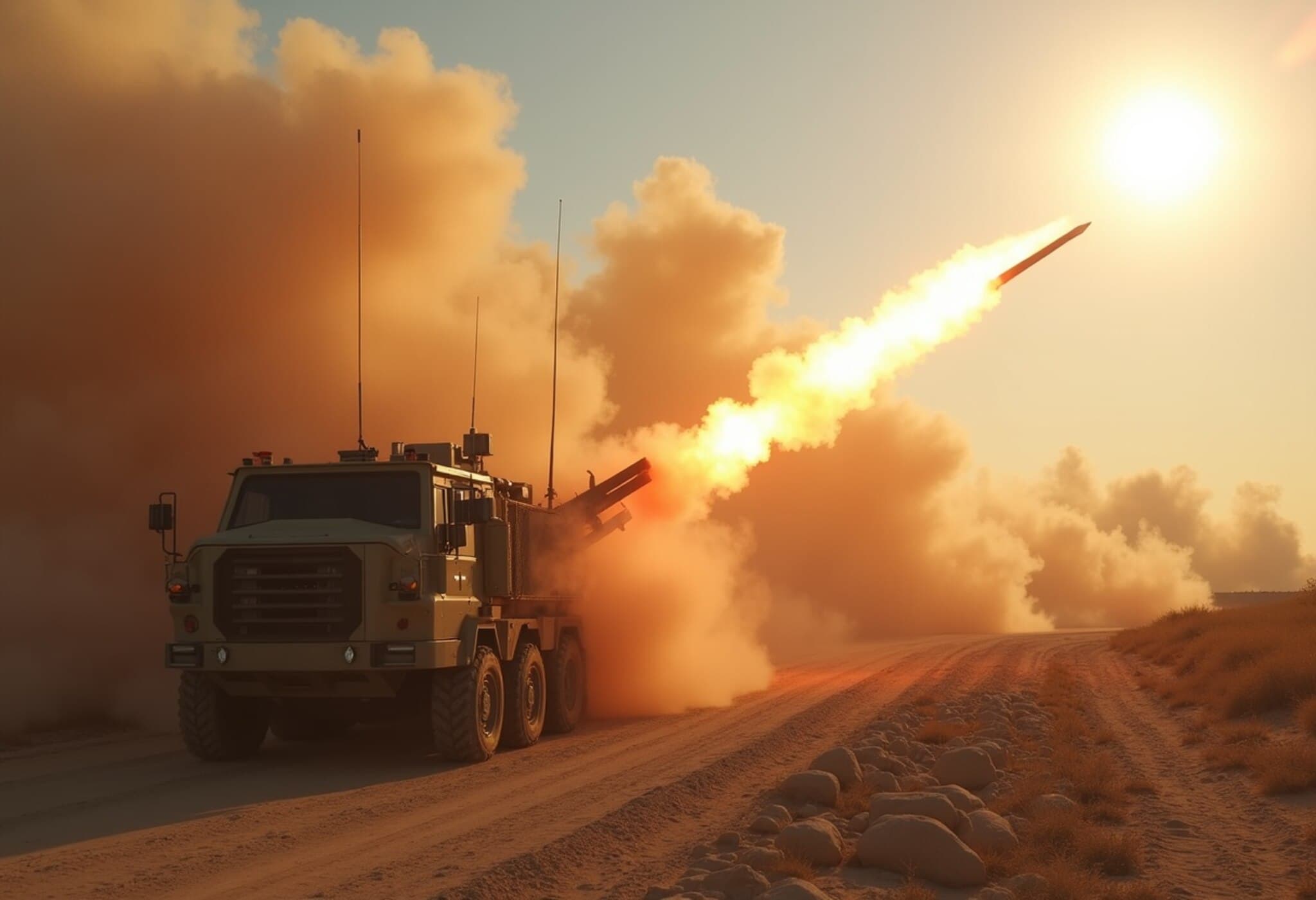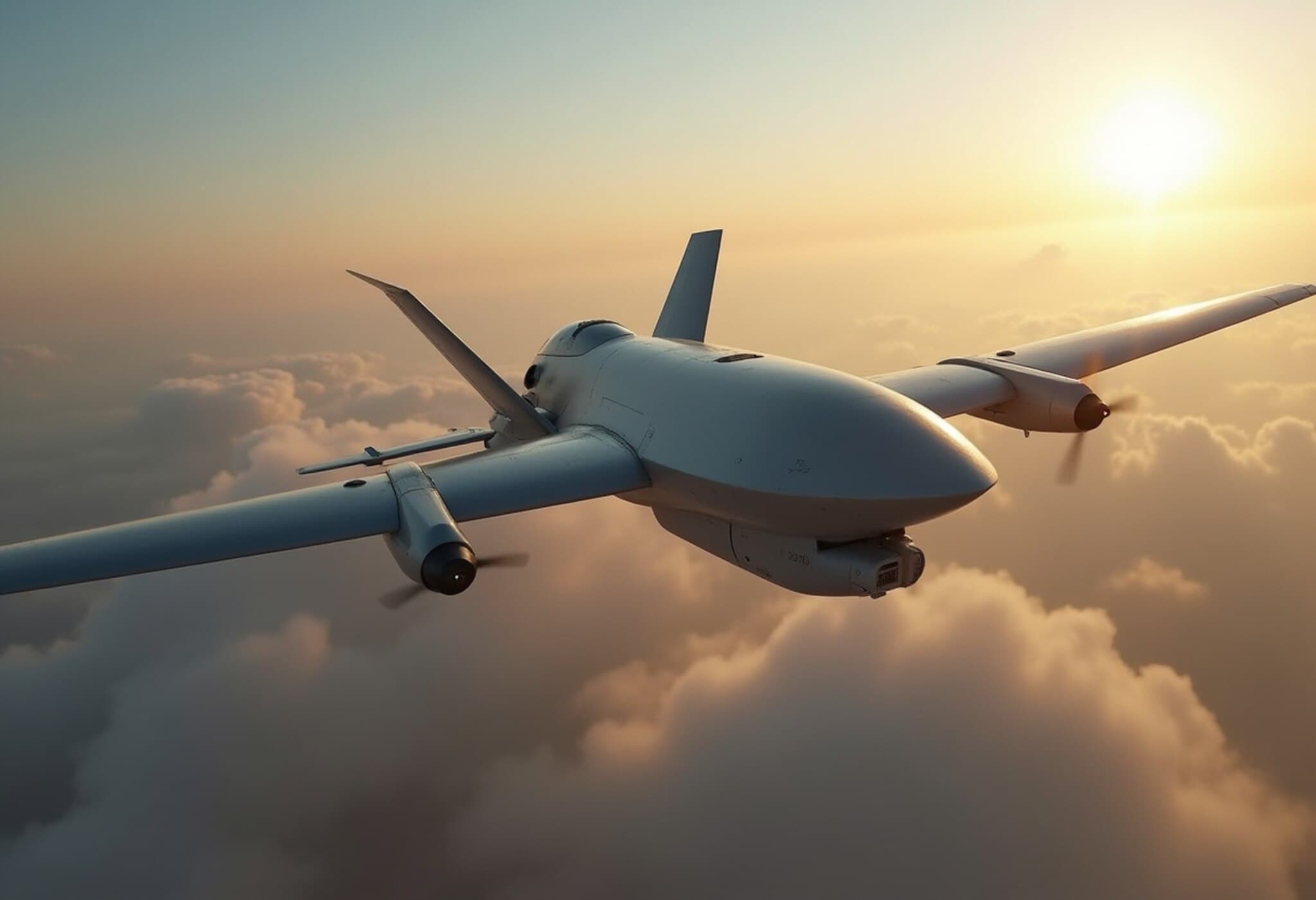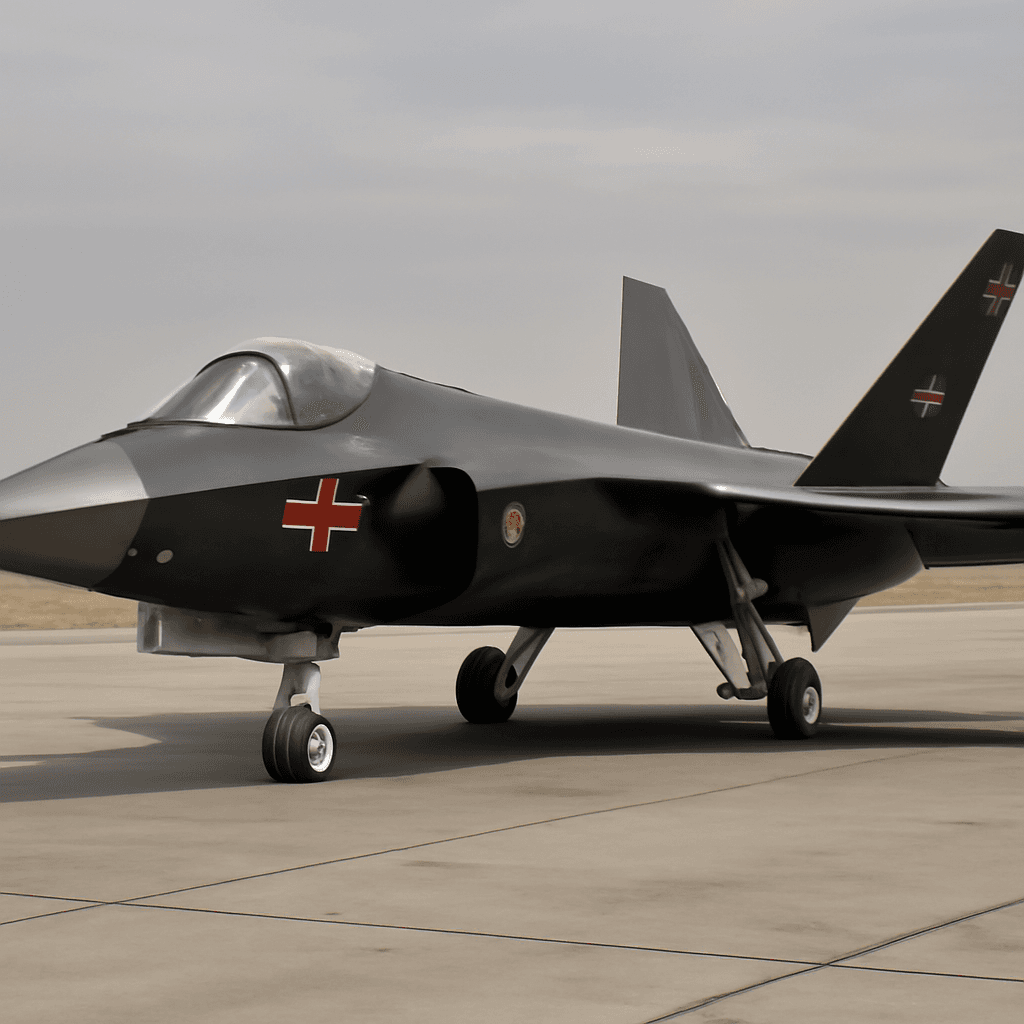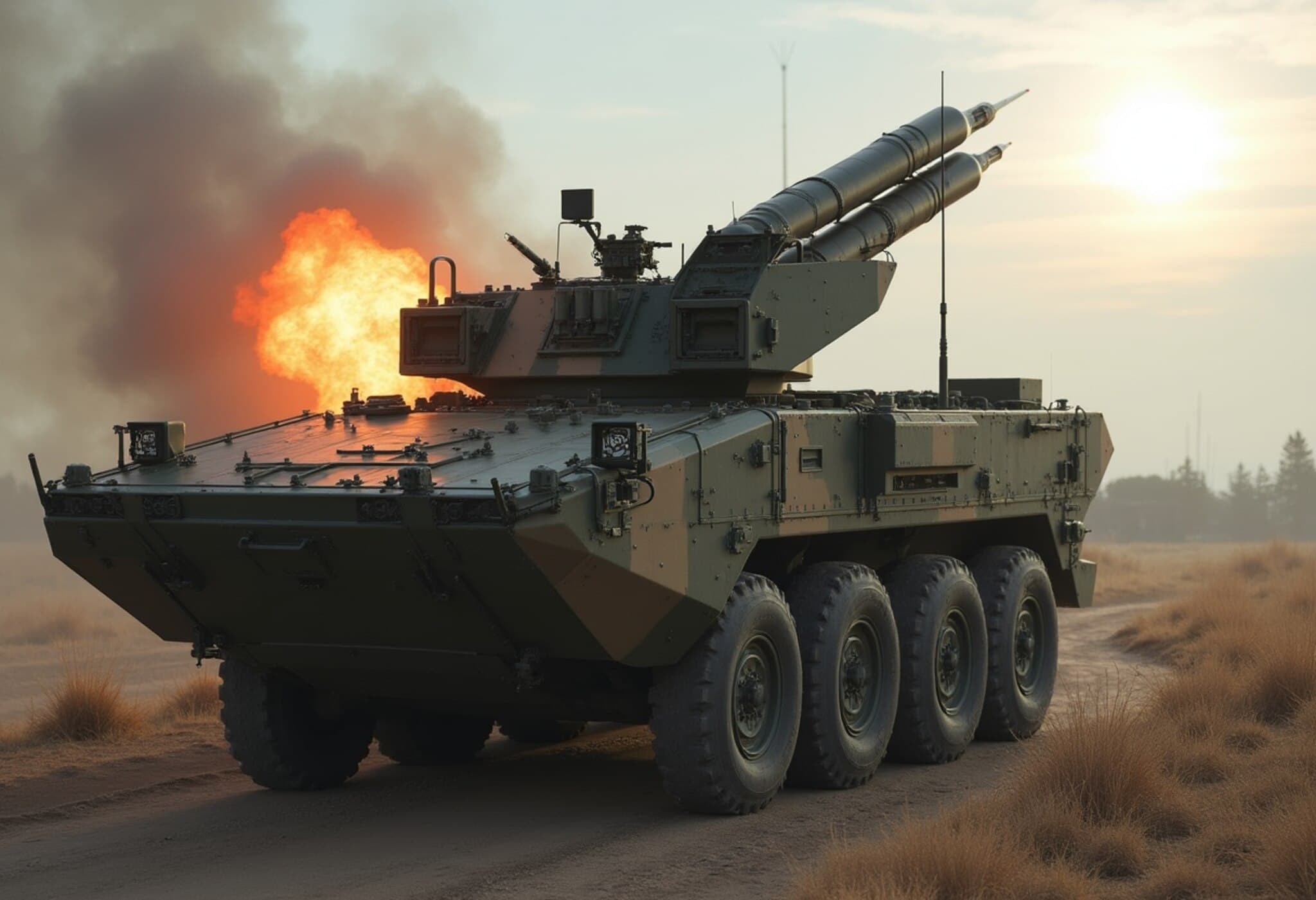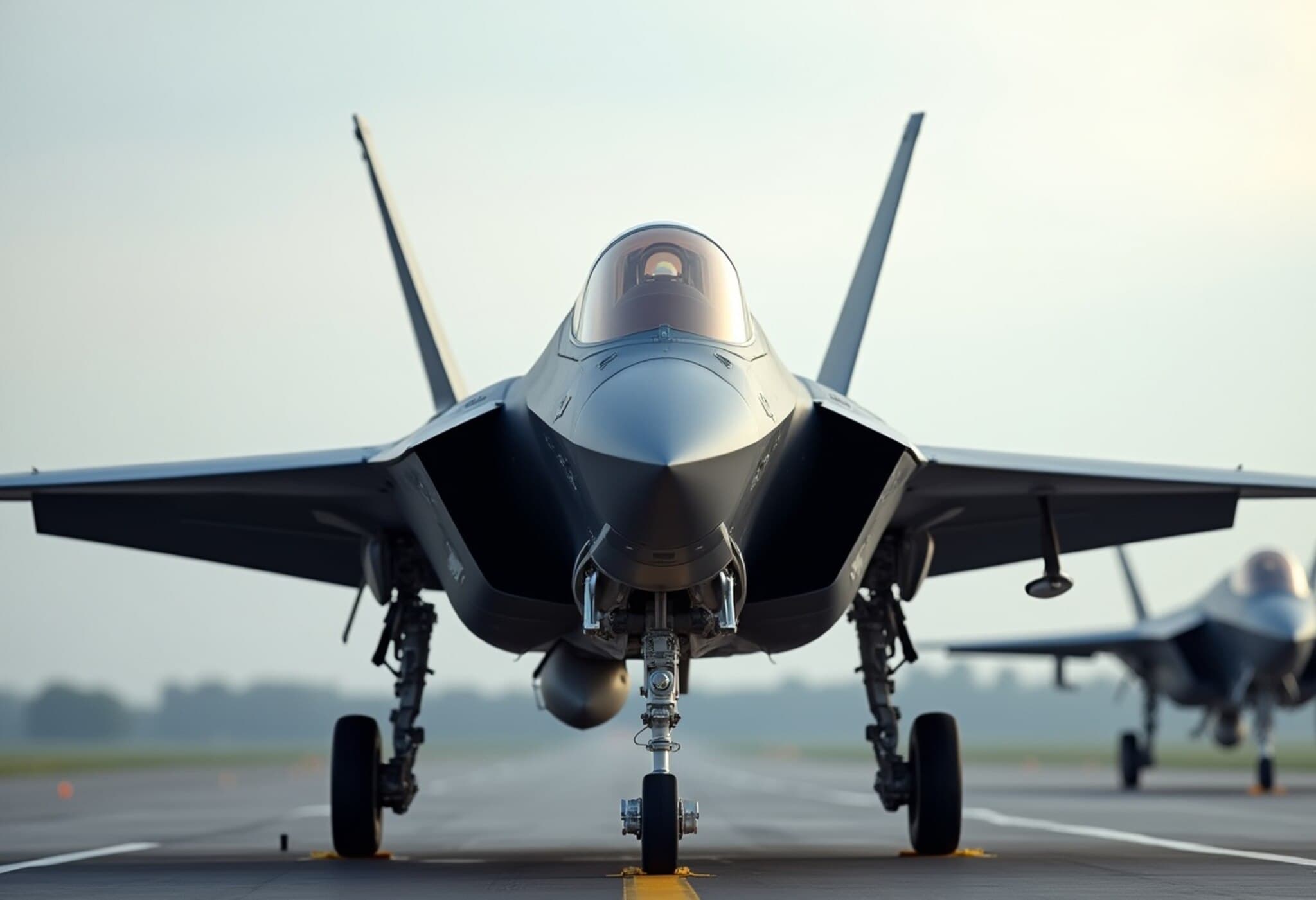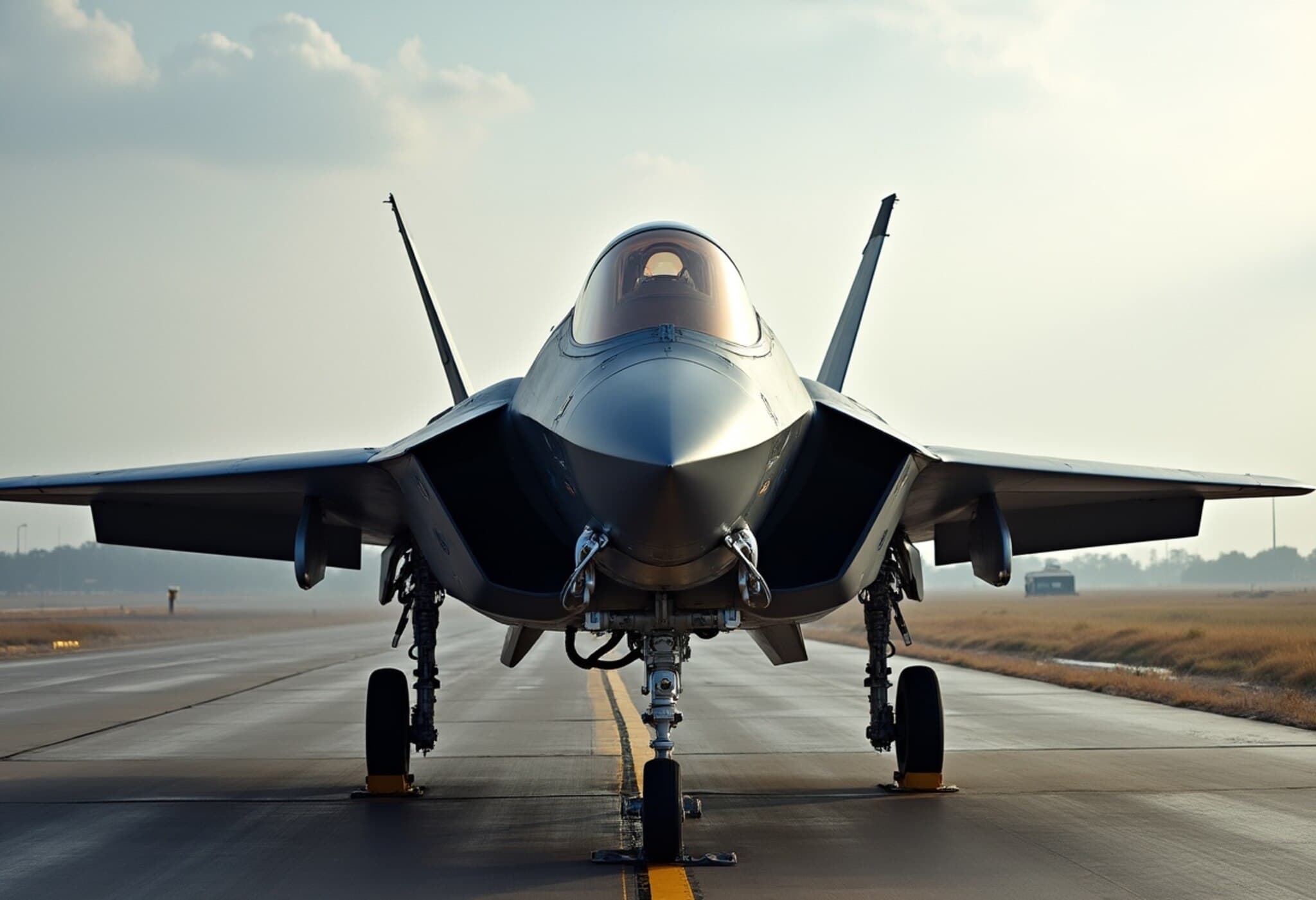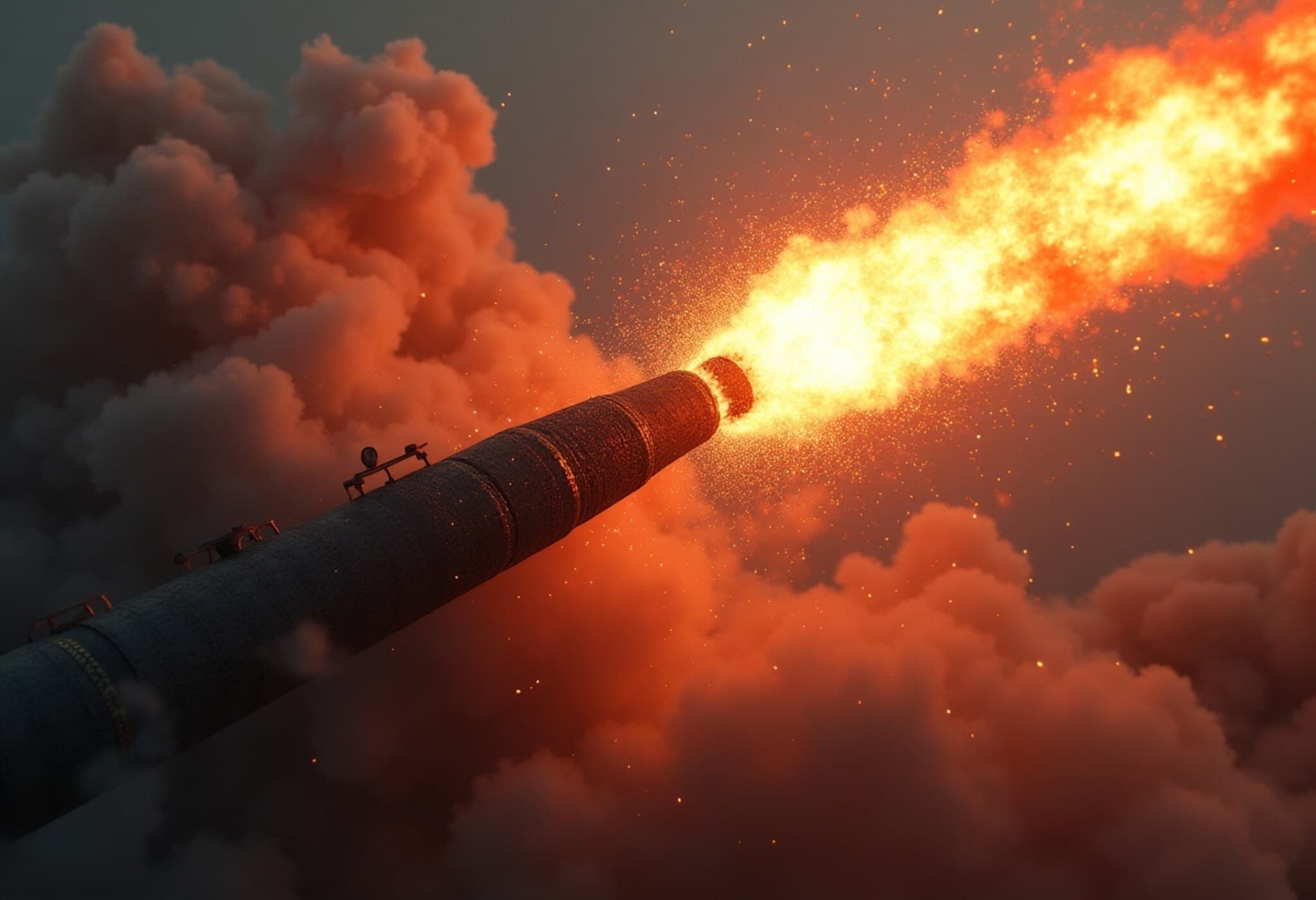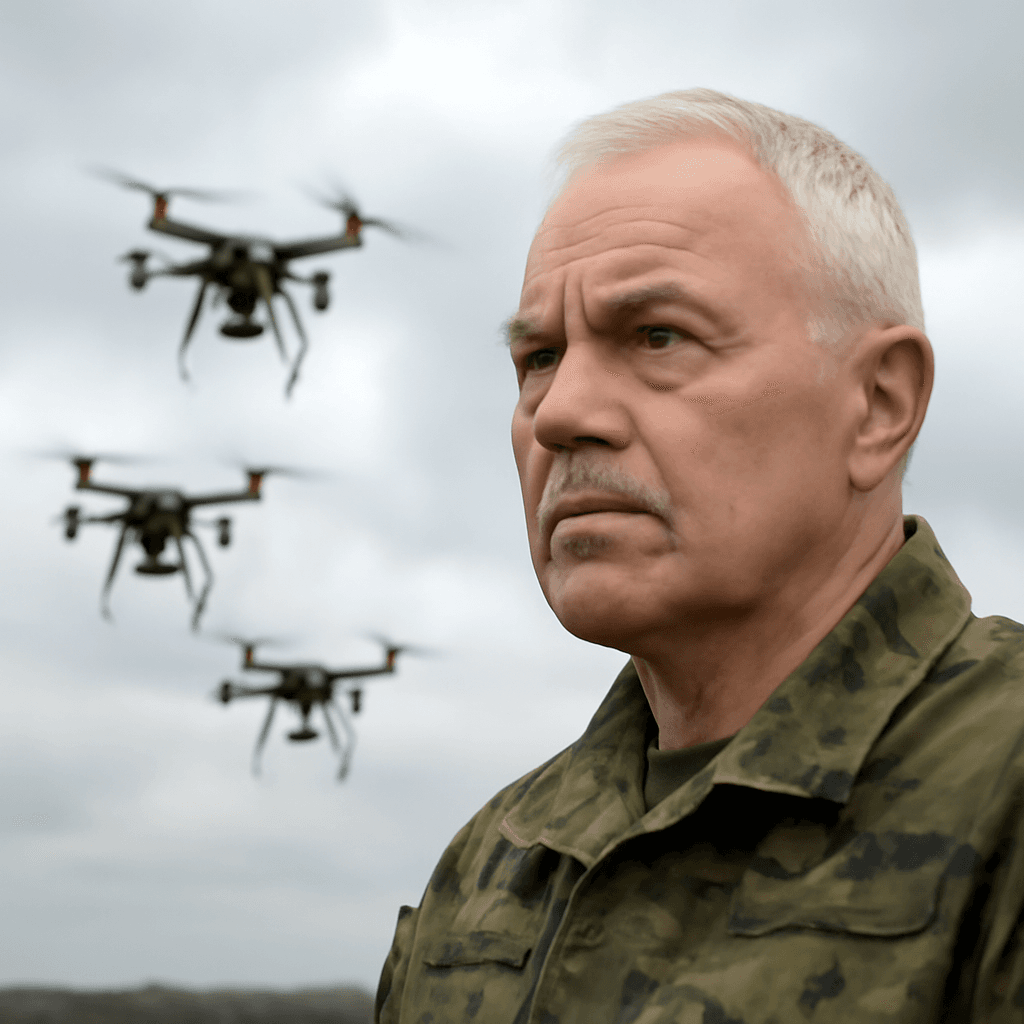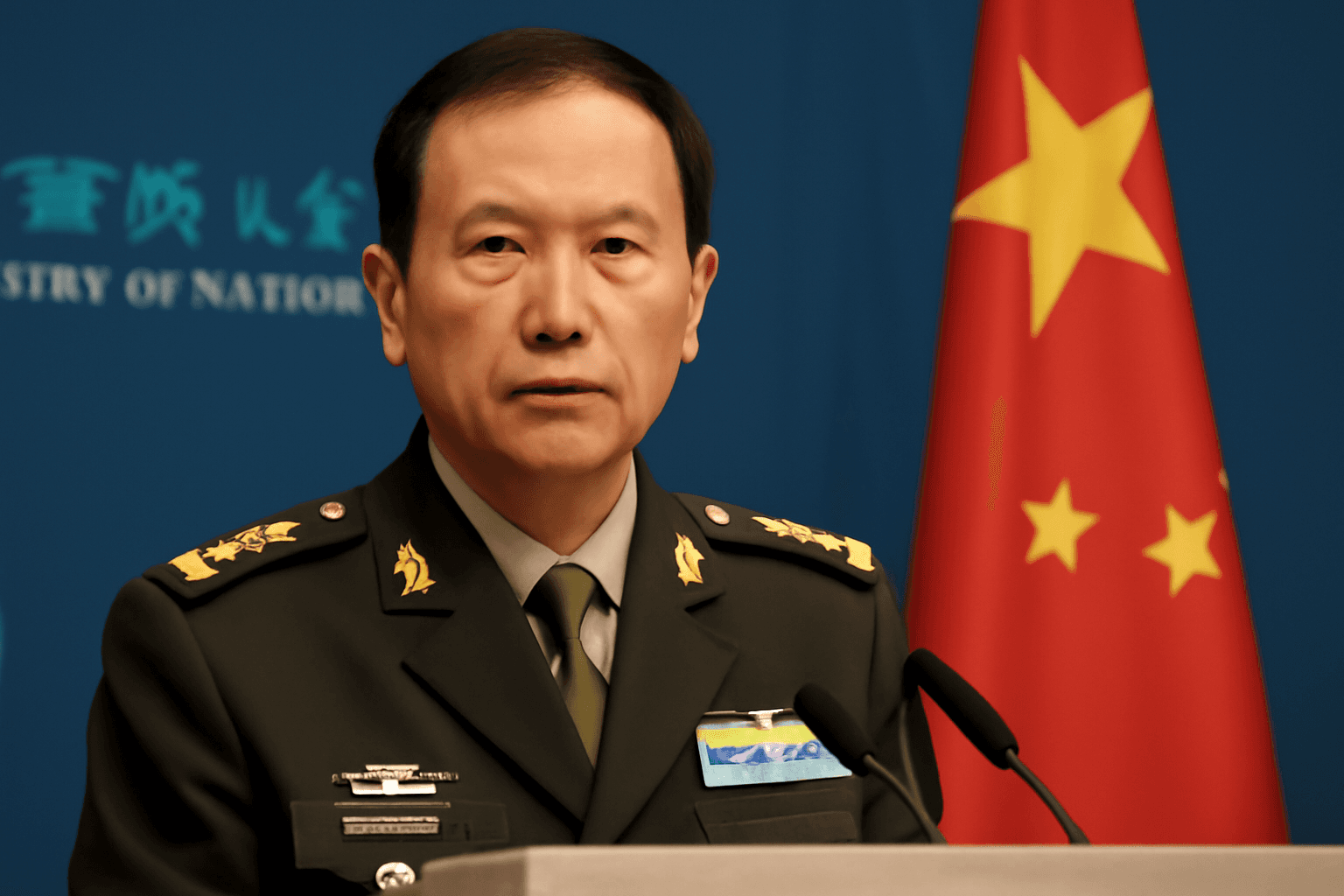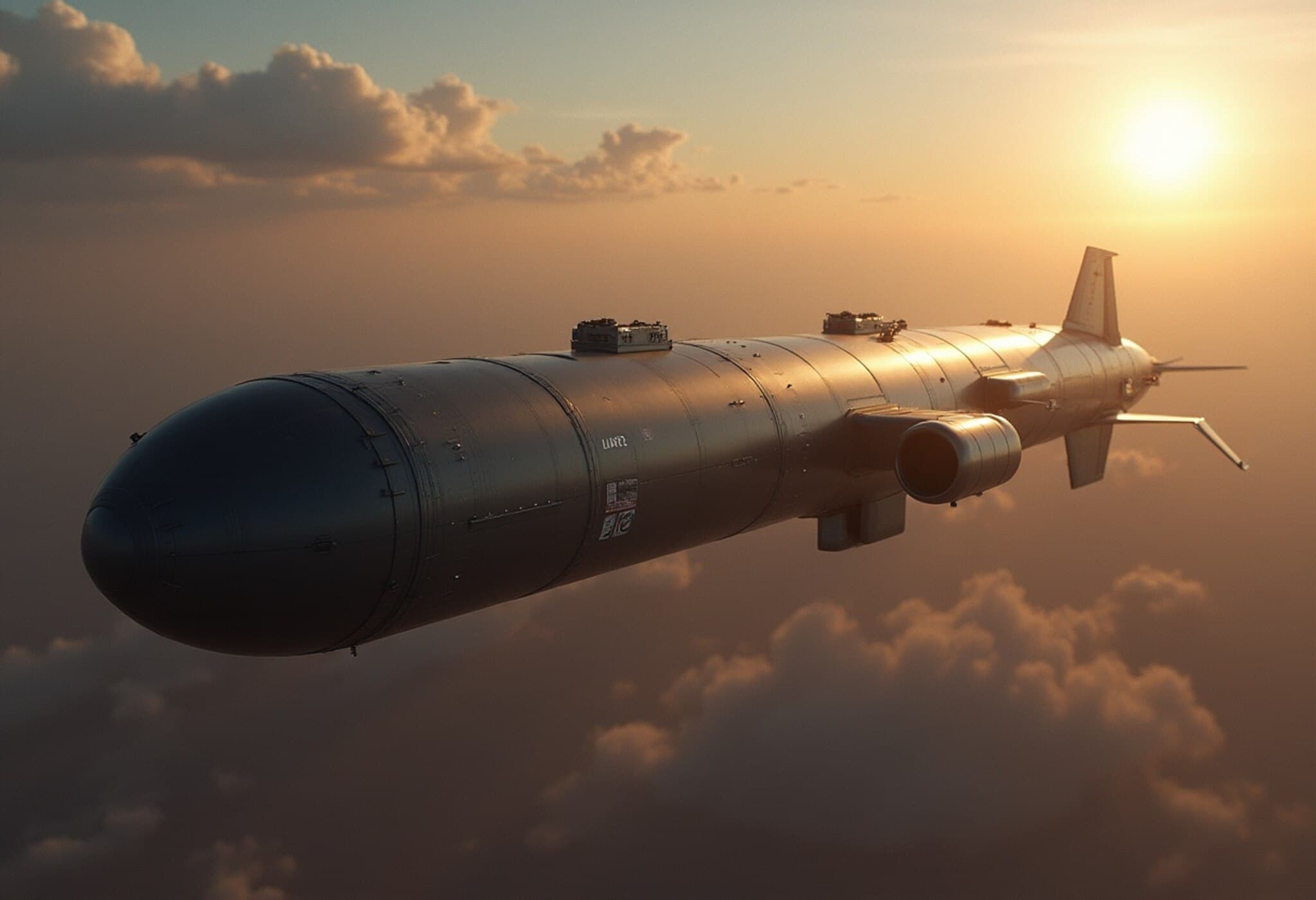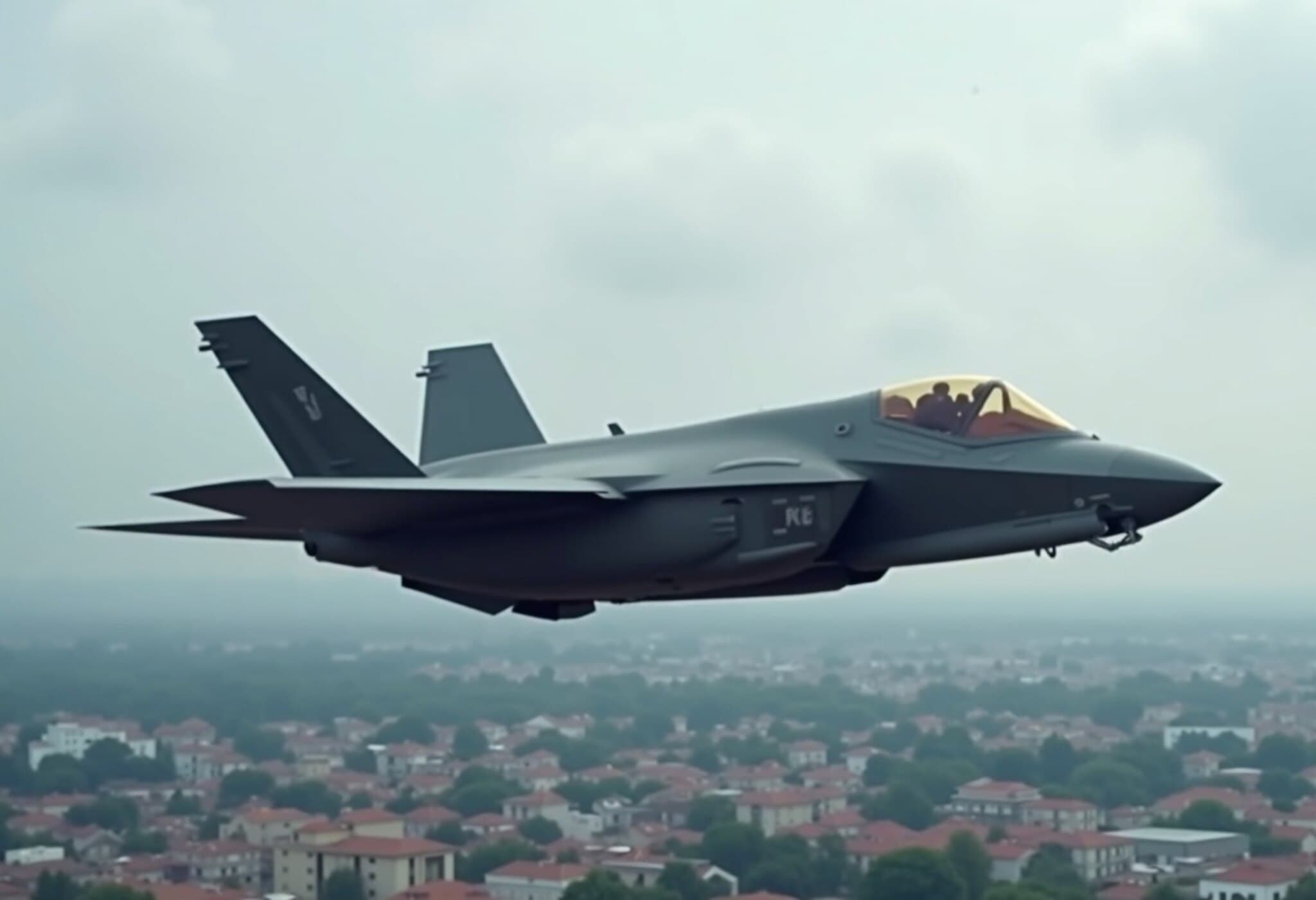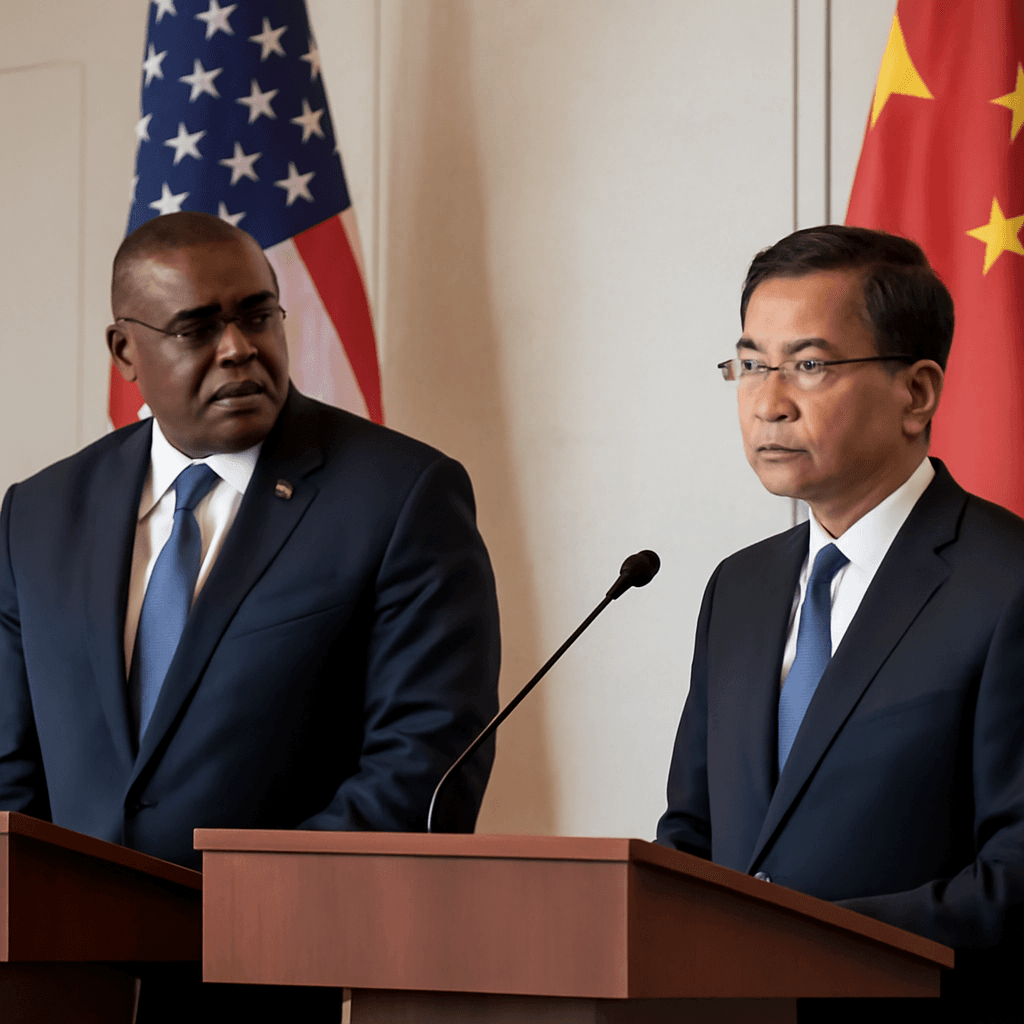British F-35B Fighter Jet Grounded at Thiruvananthapuram Airport
A British Royal Navy F-35B stealth fighter jet has been grounded at Thiruvananthapuram International Airport in Kerala for over 72 hours after making an emergency landing due to low fuel. The jet, part of the UK's HMS Prince of Wales Carrier Strike Group, was operating in the Indo-Pacific region following joint exercises with the Indian Navy.
Emergency Diversion and Technical Challenges
The advanced short take-off and vertical landing (STOVL) aircraft diverted to Kerala on a Sunday morning when it encountered critically low fuel levels, prompting an unscheduled landing. Since then, it has remained grounded owing to a technical snag that has prevented it from returning to carrier operations.
Adding to the complexity, a Royal Navy AW101 Merlin helicopter arrived the next day to transport the pilot back to the HMS Prince of Wales, indicating that repairing the jet onboard or at sea might take longer than initially expected.
Indian Air Force Offers Support Amid Normal Operations
The Indian Air Force (IAF), which assisted the jet’s diversion to Thiruvananthapuram, categorized the incident as a normal occurrence during such high-stress naval aviation operations. The IAF further extended logistical assistance to support the stranded aircraft and crew.
Understanding the F-35B’s Role and Capabilities
The F-35B variant is part of the world’s most expensive and technologically advanced fighter jet program, designed by Lockheed Martin and involving multiple international partners. Equipped for short take-off and vertical landing, it can operate from carriers lacking catapult launch systems—like HMS Prince of Wales.
This fighter jet family also includes the F-35A and F-35C variants. The B model’s unique capabilities have made it a cornerstone of modern naval strike groups, particularly in Indo-Pacific operations where flexibility in carrier deployment is critical.
F-35’s Global Impact and Technical Hurdles
The F-35 platform has been at the forefront of recent military operations worldwide. For example, the Israeli Air Force has employed F-35s in precision strikes, underscoring the jet’s pivotal role in maintaining Western air superiority.
Despite its cutting-edge radar-evading technology and advanced sensor fusion systems, the program has faced ongoing scrutiny because of escalating costs and recurring technical issues. Notably, the F-35B has encountered problems related to its lift fan and vertical landing mechanisms—factors which might have contributed to the current technical snag.
Looking Ahead: Challenges and Expectations
- The grounded jet highlights the challenges of operating highly sophisticated aircraft far from home bases.
- Repair and maintenance efforts could delay the F-35B's return to carrier operations.
- The cooperation between the UK Royal Navy and Indian forces showcases increasing Indo-Pacific military collaboration.
As the situation develops, the focus remains on resolving the technical issues swiftly to restore the jet’s operational status while maintaining safety and readiness in the region.

